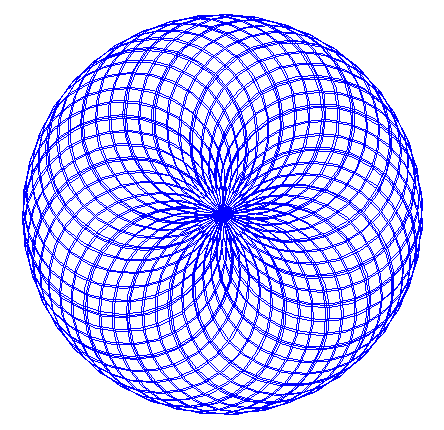There are a lot of situations where we find ourselves with two-variable equations, but it does seem frustrating trying to solve them. Here’s an example (where the answer is rounded to nearest integer):
x + 3y = 7
5x – 2y = 1
There are two methods for solving this equation.
Method 1:
x + 3y = 7
5x – 2y = 1
We can first isolate a variable using one of the statements. You can pick any equation(such as eq. 1).
x + 3y = 7 pick a variable(such as x)
x + 3y = 7
x = 8 – 3y isolate x
5(8 – 3y) – 2y = 1 plug x into the second equation
40 – 15y – 2y = 1 apply the distributive property
40 – 17y = 1 combine like terms
-17y = 1 – 40 step 1 of isolating y
y = -39/-17 step 2 of isolating y
y = 2
Method 2:
x + 3y = 7
5x – 2y = 1
We can cancel out one of the variables by merging both equations. To cancel one of them out, we need to multiply both eq.s.
x + 3y = 7 multiply by 5
5x – 2y = 1 multiply by 1
Thus you get
5x + 15y = 35
5x – 2y = 1.
5x + 15y = 35 minus equation 1 with eq. 2; this cancels off both x variables, so we can solve for y
5x – 2y = 1
17y = 34 divide both sides by 17 to isolate y
y = 2 now, plug the value of y into one of the equations, preferably the original one
x + 6 = 7 solve for x by isolating it
x = 1 write your answer down in the correct format
[1, 2] answer
Practice Questions
x + y = 5
2x + 3y = 13
Answer: [2, 3]
2.
2x – 2y = -1
4x + y = 3
Answer: [1/2, 1]
3 to ∞.
(Look for other sources or ask someone else to create some)


